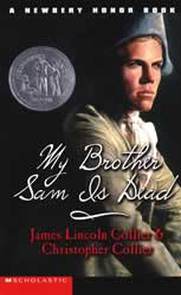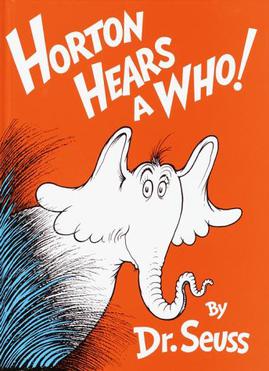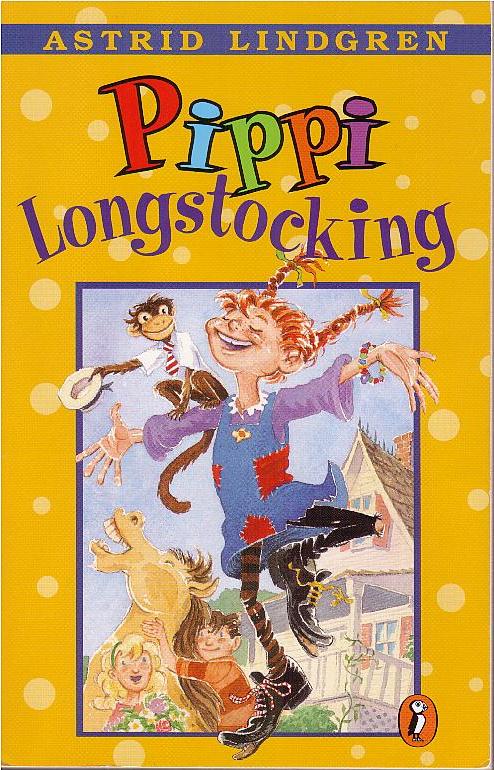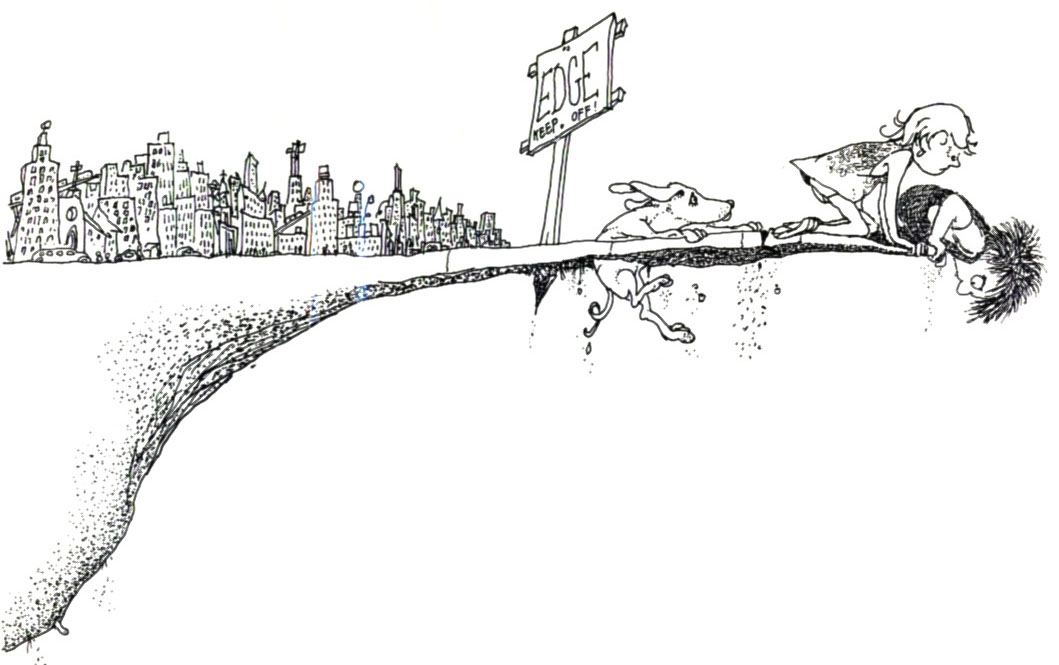Picture Books:
The Girl Who Never Made Mistakes- Picture Books
Pett, M.,
& Rubinstein, G. (2011). The girl who never made mistakes.
Naperville, Ill.: Sourcebooks Jabberwocky.
This is an adorable story about
Beatrice Bttomwell, a young girl who is seemingly perfect. Beatrice has never
made a mistake and does not intend to. She always has matching socks, puts her
shoes on the appropriate feet, remembers to feed her hamster and makes her
brother’s sandwich the same way every day. Most importantly, she always
wins the school talent show. When her first mistake, EVER, occurs on stage,
Beatrice must learn to accept her own imperfections.
This story is quite profound for being a children's picture
book. Although I would not use it for a content lesson, this book is great for a
grand discussion setting. I would use this as a way to discuss with a
younger audience that it is ok not be perfect. Some questions could
include those below. In addition to discussion, this book can be
used to teach about narratives. Students can write about a
time they made a costly mistake and how it made them feel.
1. How do
you feel when you make a mistake?
2. Explain
Beatrice’s reaction when she makes a mistake during her performance. She could
have cried or ran away, but she laughed. Why do you think that is?
3. How can
you learn from your mistakes?
4. Why is it
important that everyone just calls her “Beatrice” at the end?
I would recommend this book to win
the Hoosier Book Award because it displays strong moral convictions and prompts
self-confidence and a positive self-image. It is will written and illustrated in
such away the scenario is relatable and believable.
Intermediate Grades:
Cardboard- Graphic Novel and Fantasy
TenNapel, D.
(2012). Cardboard. New York, New York: Graphix.
Interestingly enough, this is a graphic novel. The story is
centered on Cam, a young boy, who recieves a cardboard box with magical powers
for his birthday. His father, who is morning the death of his wife, is down on
his luck and unable to afford anything more than a cardboard box for Cam. The
$0.78 gift comes with rules. Cam can make anything it wants out of it, but he
must return the scraps to the toy store it came from. Cam makes the best of the
lackluster gift and he and his father work through the night to make a life
size person. To their surprise Bill, the cardboard person,
comes to life! Bill is a boxer complete with red shorts and blue gloves.
The conflict evolves when Marcus, the bully next door neighbor,
gets a hold of the cardboard scraps. Marcus uses the scraps to create a
cardboard army of monsters. Cam and his father are challenged to find a
solution before the neighborhood is destroyed.
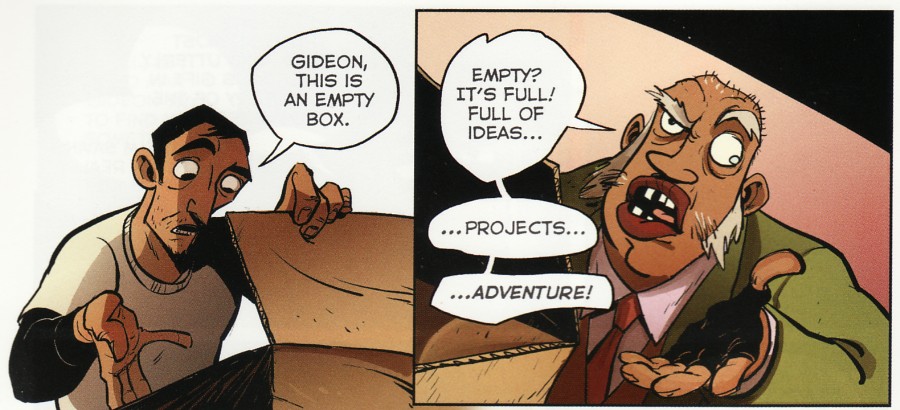
I loved this book! The author does such a great job
illustrating the novel. The overarching theme of creation stresses the
importance of how the end product is dependent on the creator. I would like to
sue this book in my classroom to help teach characterization and
varying types of conflict. The illustrations are a huge portion of the
plot development. The students should be taught to decode the pictures to
find character traits, emotions and conflict. I would teach about the various
types of conflict Cam finds himself in (nature, character, self) and use the
illustrations as evidence. Using this book would
be great opportunity to appeal to different types of readers. The
illustrations may also help struggling readers comprehend.
I would recommend this book to win
the Hoosier Book Award because the graphics provide an alternative method to
reading a novel. The story is told through detailed pictures and dialogue.
Although this book may not be for all students, the adventure would be
entertaining for most.
Middle Grades:
The False Prince-Historical Fiction
Nielsen, J.
(2012). The false prince. New York, New York: Scholastic.
This is the first book in the Ascendance trilogy. The books
take place in a divided kingdom that is on the edge of civil war. Bevin Conner, a
noble man in the court, takes it upon himself to create a plan to unit the
kingdom. His plan in contingent on finding the long lost son of the king.
Instead of finding the king's actual son, he seeks to find an impersonator. The
prince was lost at sea and is presumed dead after his ship was attacked by
pirates from the hostile neighboring country of Avenia. Conner kidnaps three
orphans who have a likeness to the prince. It is presumed that the two who are
not chosen to impersonate the prince will be killed. The orphans are given a
crash court in royalty and the kingdom: riding, fencing,
history, and basic literacy. The story is told from
the perspective of Sage, one of the orphans. Before the choice
is made, Sage withstands a beating for stealing a rock, an encounter with a
prince, and an attack from enemy forces. In the end Conner does not choose
Sage, and instead chooses Roden. To avoid death, Sage demonstrates expertise at
a parlor trick that Jaron was noted for, and Conner changes his mind and
chooses Sage instead, deciding that only Sage is capable of fooling the Court.
It is then revealed that Sage is actually Jaron! Jaron and the rest of the
company must now travel to the capital and convince the court of
Sage's true identity. Conflict ensues
and Sage's true identify is revealed when he
shows the rock he had stolen back from Conner to be true gold. Sage is
then crowned as King Jaron.

This book was well written, but I was not a huge fan. I'm
not particularly a fan of time period pieces like this. Sage, the
narrator, is also hard to follow and comes off as unreliable. This book could
be easily used in a book circle. I think that boys would enjoy the action and
quick paced development of this story. I
would include other books based in the same time period.
Students could choose their book for the book circles. With that said, I would
time the book circles at a time we were studying serfdom or
the British world history. I could also use this as
an independent read for students. They
could complete some sort of book report: posters,
book tailors, power points, etc.
Although I did not particularly like
this book, I would recommend this book to win the Hoosier Book Award because it
presents all the characteristics of a well written novel. The plot is dramatic
and presents an interesting and engaging problem. Due to the age of the prince,
the story is complete with timeless problems of coming to age and losing innocence.
I think middle school student would, especially boys, would like this book for
the action and because it is part of a series.
Check out all of the nominated books here!









